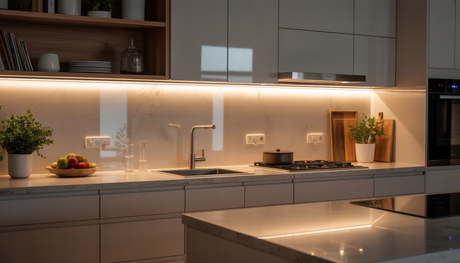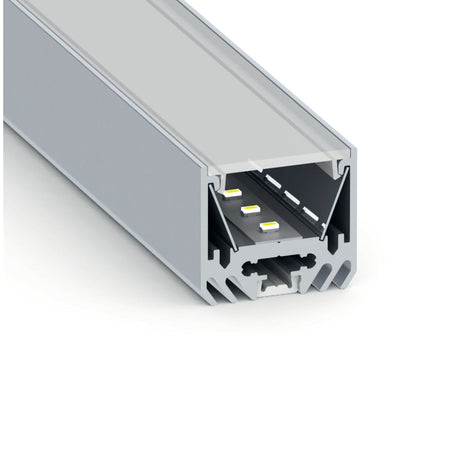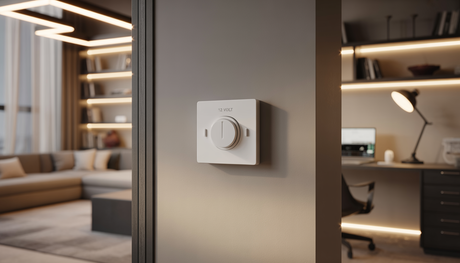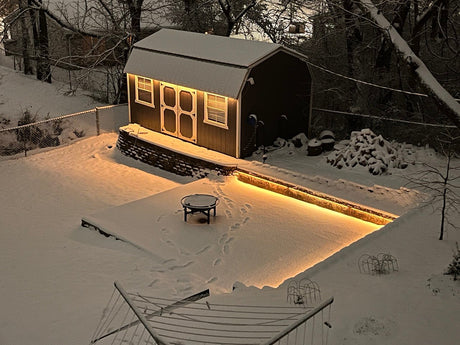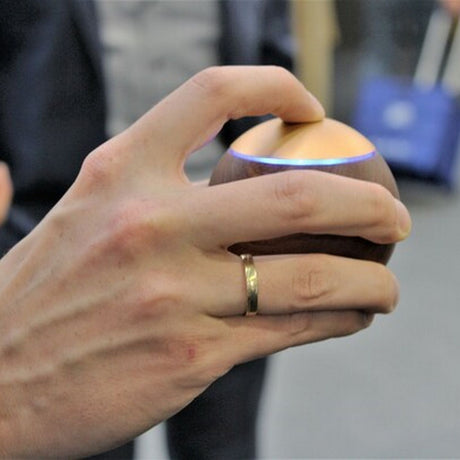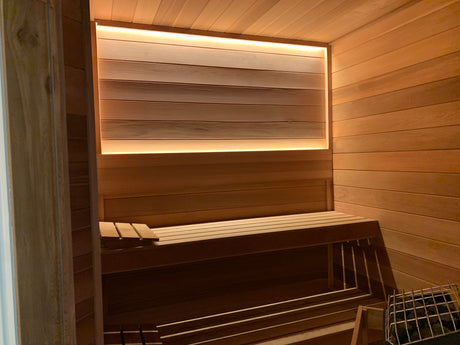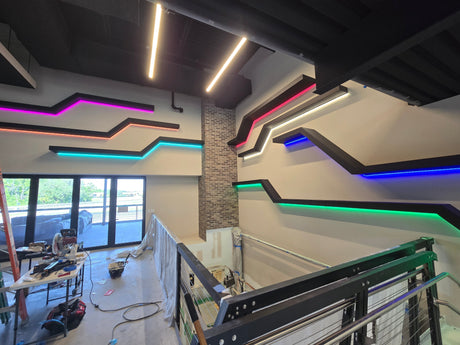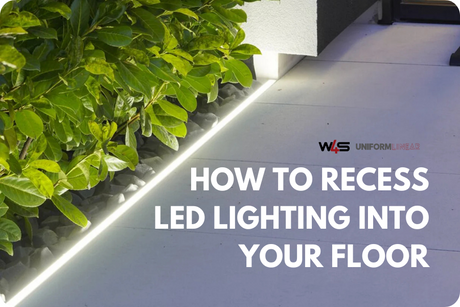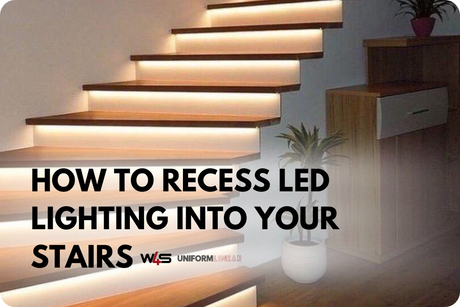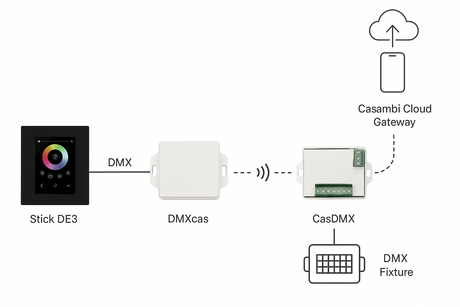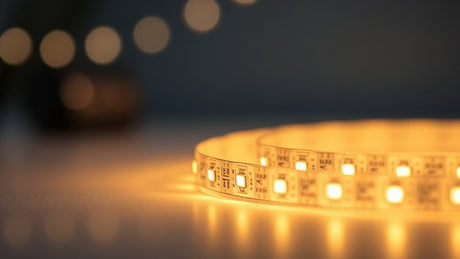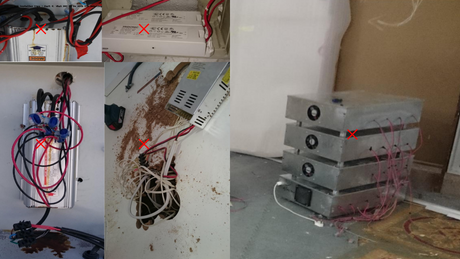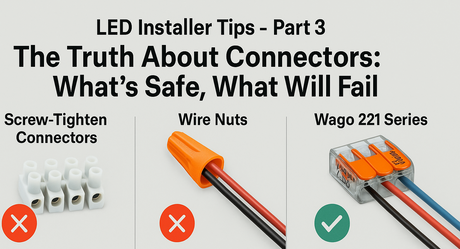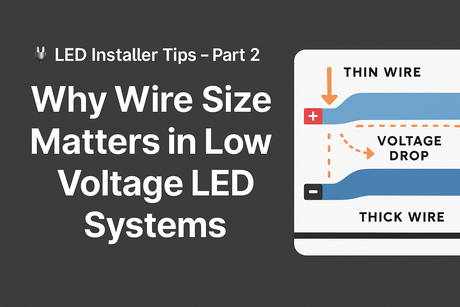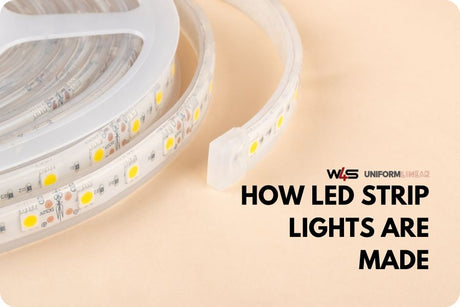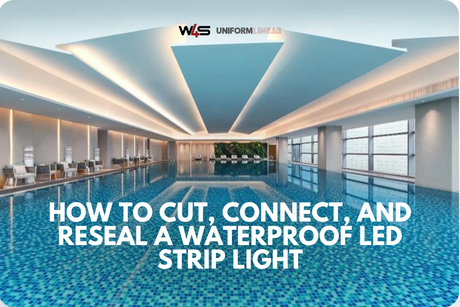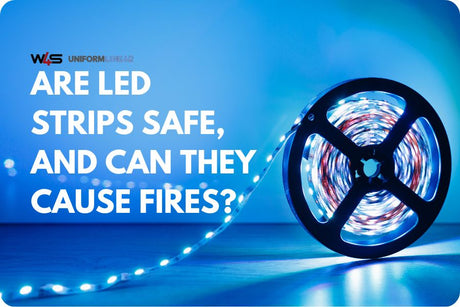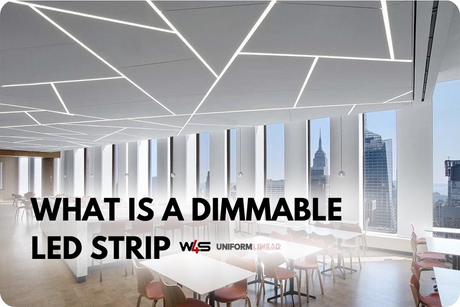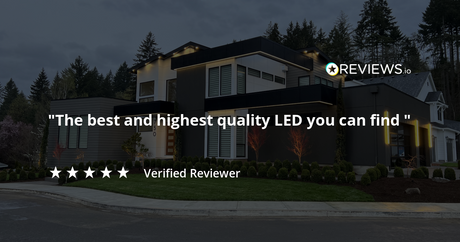Methyl Methacrylate Adhesives MMAs
There are many types of adhesives available today. In basic terms, when we talk about structural adhesives, it means an adhesive, or glue, that is used to create a load-bearing joint. Methyl Methacrylate Adhesives, or MMAs, are structural adhesives that have been developed to bond metals, plastics, and composites. They are designed with toughness, flexibility, and ease of use. While MMA technology is relatively new, it has already become a valuable tool for use in industries such as transportation, marine, building, and construction. At Gluegun.com we offer a variety of MMA options. In this article, we explain what MMAs are, how they can be used, and what advantages they provide.
What are Methyl Methacrylate Adhesives (MMAs)?
Methyl methacrylate adhesives are acrylic adhesives that are made of a resin and hardener. Most MMAs also contain rubber and additional strengthening agents. MMAs cures quickly at room temperature and have full bond strength soon after application. The adhesive is resistant to shear, peel and impact stress. Looking at the bonding process more technically, these adhesives work by creating an exothermic polymerization reaction. Polymerization is the process of reacting monomer molecules together, in a chemical reaction, to form polymer chains. What this means is that the adhesives create a strong bond while still being flexible. These adhesives are able to form bonds between dissimilar materials with different flexibility, like metal and plastic. Unlike some other structural adhesives like two-part epoxies, MMAs do not require heat to cure. There are MMAs available with a range of working times to suit your specific needs.
What can MMAs be used for?
MMAs are widely used for applications in aerospace, automotive, marine, composites, and transport. Because they cure quickly, they are often used in production lines. They are used for bonding metals including steel, stainless steel, and aluminum. They are used with composites including fiberglass and carbon fiber, unsaturated polyester, vinyl ester, gel-coat, sheet molding compound, and epoxy. They are also commonly used with other thermoplastics like acrylics, acrylonitrile butadiene styrene (ABS), polycarbonates and polyvinyl chloride (PVC). Specific uses include:
- Bonding magnets in the production of loudspeakers and sweep transformer core sections.
- Bonding panels of aluminum to other panels.
- For trucks and construction equipment like side and roof panels, door panels, and aerodynamic components.
- Electric motor manufacturing like the bonding of magnets to metal housings made of steel or aluminum.
- Composite bonding of truck trailer beds using aluminum, and composite parts such as fenders, stiffeners to door panels, sliding roofs.
- Bonding hulls, deck liners, ski boats, yachts, internal fixtures, canoes, and kayaks.
MMAs require less surface preparation than other adhesives. When using MMAs to bond metal and plastics, for example, you only need to use a solvent or alcohol wipe to remove any oils from the surface instead of having to clean and scoff the surface with an abrasive material. Using methyl methacrylate adhesives allows you to work with many different materials and requires less preparation than other adhesives. “Pre-Mix” MMAs are also available and can be used in dispensing guns or automatic dispensing equipment, they are packaged in cartridges with mixing nozzles. These products have the added benefit of good gap fill capability and allow for easy dispensing and accurate application.
Advantages of MMAs
Methyl methacrylate adhesives can replace mechanical fasteners and welding joints. They also offer advantages over other adhesive technologies. Using fasteners like bolts and screws requires more time and labor, and the bolts can corrode and loosen over time. Welding two different metals together are sometimes possible, but it is expensive and labor-intensive. Epoxy adhesives do not bond different metals well because they are more brittle and do not allow for expansion and contraction, which leads to cracks and ultimately bond failure. Polyurethane adhesives need more surface preparation and often require priming of the surface, adding an additional step. MMAs are less brittle than epoxies and can fill large gaps. They have higher bond strength than urethanes and better impact and fatigue resistance. They also offer good chemical and environmental resistance, and fast cure speed. Features of MMAs include:
- High tension strength
- No primer needed
- Excellent impact and peel strength
- Varying cure times
- High toughness and flexibility
- Cure at room temperature
- Good flexibility at low temperatures
- Minimal bond shrinkage
- Less surface preparation
- Very high resistance to fatigue
- Can bonds a wide range of materials together
- Tolerant of off ratio mixing
- Can fill large gaps
- Resistant to solvents and weathering
- Easy application
- Tolerant of oily surface and other types of surface contamination
MMAs have higher peel strength and are more temperature resistant. They develop strength faster allowing parts to be used sooner. It is also worth noting the different processing conditions used for MMAs. For example, the two components of MMAs can each be applied separately to one of the materials being bonded together, and the MMA will not begin to cure until the joints are brought together, combining the components. This means that you do not have to deal with precise mixing ratios to get a good bond. It is important to remember that MMAs do tend to have a strong smell, meaning you should have good ventilation when applying them and they are flammable so some care is needed.



